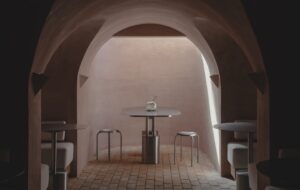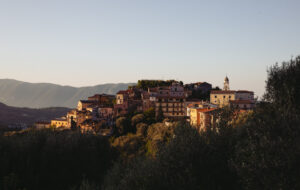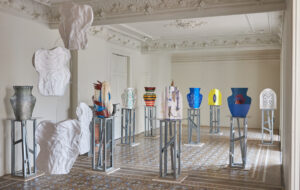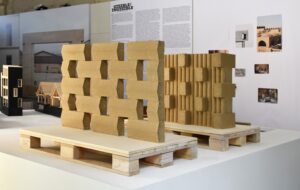|
|
||
|
The Suffolk coastal town of Aldeburgh has become virtually synonymous with its two most famous residents. At the end of the Second World War, the composer Benjamin Britten and his partner and collaborator Peter Pears moved there, living first near the beach and then in a farmhouse on the outskirts. They immortalised the sea and landscape in the opera Peter Grimes, founded the Aldeburgh Festival and helped to turn the small town into a world haven for classical music. After Britten’s death in 1976, and Pears’ in 1986, the Britten-Pears Foundation took over the farmhouse, known as the Red House, and turned it into a visitor’s centre and repository for their voluminous collections and archive. Britten was born in 1913, and to coincide with the centenary celebrations, the foundation has constructed a new building in the grounds of the Red House. Designed by Stanton Williams, this now houses the archive, in the process freeing up various spaces that had been overwhelmed by documents and allowing them to be restored to their previous condition.
The new building is based around two volumes: one contains three separate storage facilities at various temperatures and humidities, while the other contains the administration areas and a small reading room for scholars to conduct research. The archive volume is raised up above the flooding level, and thus looms over the research volume, and the two are slid apart in plan. This creates a processional route towards the entrance at the centre of the building, which is a double-height space with a clerestory window, exposed concrete surfaces and warm-coloured timber veneers at lower level. The small reading room evokes a similar feeling to those in the British Library: warm, serene, the thick walls used as storage, it will surely be a lovely space to conduct research. “It’s like a little family of buildings, and in a way we’ve added one more to that,” says Alan Stanton, director of Stanton Williams. The Red House and grounds are actually home to examples of various different moments of design; the historic farmhouse itself, the composing studio that Jim Cadbury-Brown designed for Britten, the festival-style library building, and the painter’s studio at the edge of the site with its large north-facing windows. Stanton Williams has designed the archive as an extension of these languages: modern, yet with a regular and stately rhythm across the facade, and built with a very carefully chosen brick to allow it to fit properly with the ensemble. Indeed, it fits very well with Britten’s own very English take on 20th-century modernity. It’s an odd thing to design a building that is so dominated by the spirit of what you might call an “absent client”, but the result is one that seems to have pleased the foundation and all concerned. “Dame Janet Baker opened the building,” Stanton says. “She felt it was all very much in the line and the spirit of what Britten and Pears were doing. She said that she sensed their presence in spirit.”
|
Image Hufton + Crow
Words Douglas Murphy |
|
|
||















